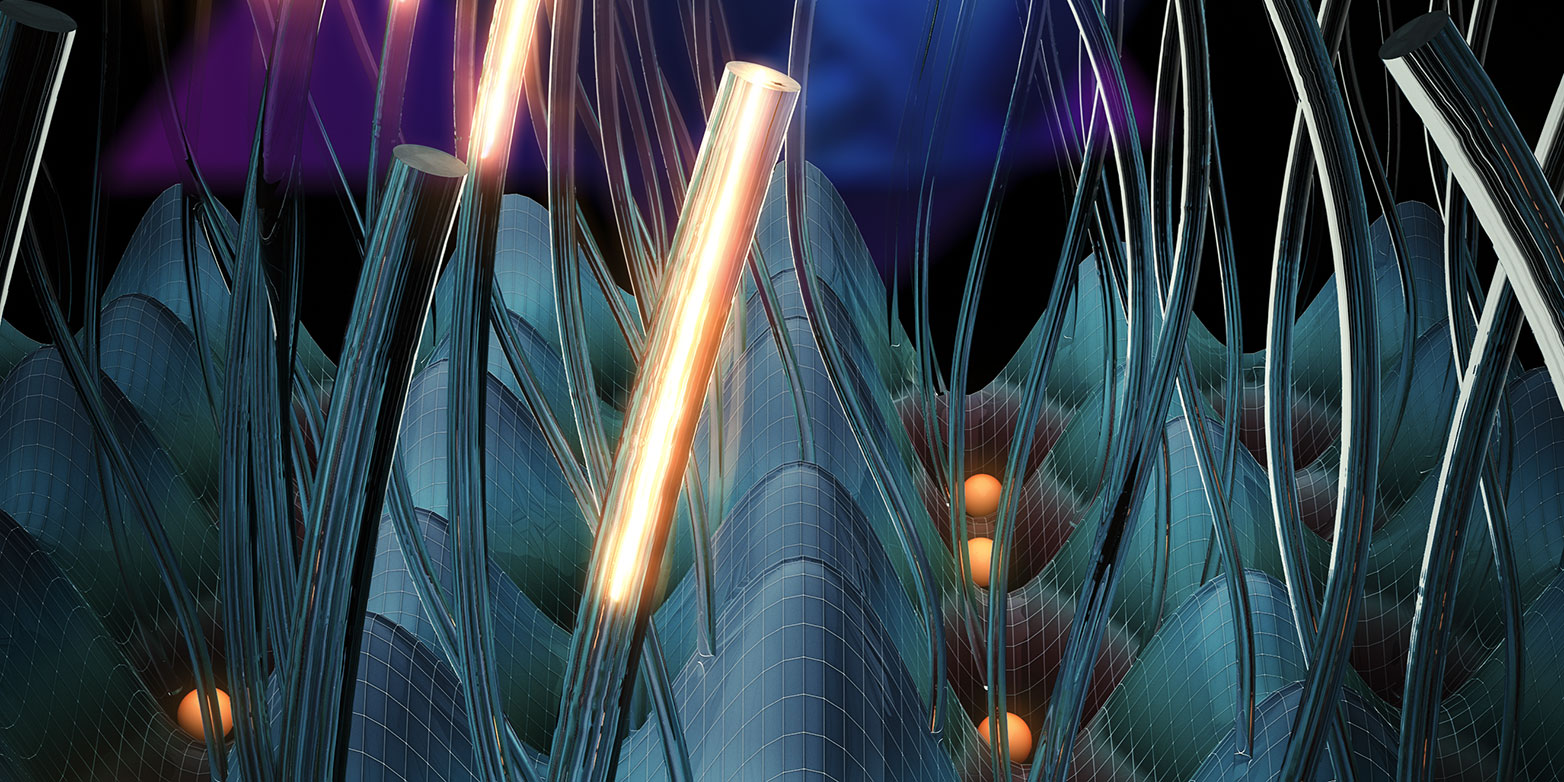Of autonomous duck taxis and a precise Mars landing
ETH technology that flew to Mars, rubber duckies that travelled around Duckietown in self-driving taxis and moles that warn of tumours – for ETH, 2018 was marked by innovative flair and extraordinary research. We take a look back.
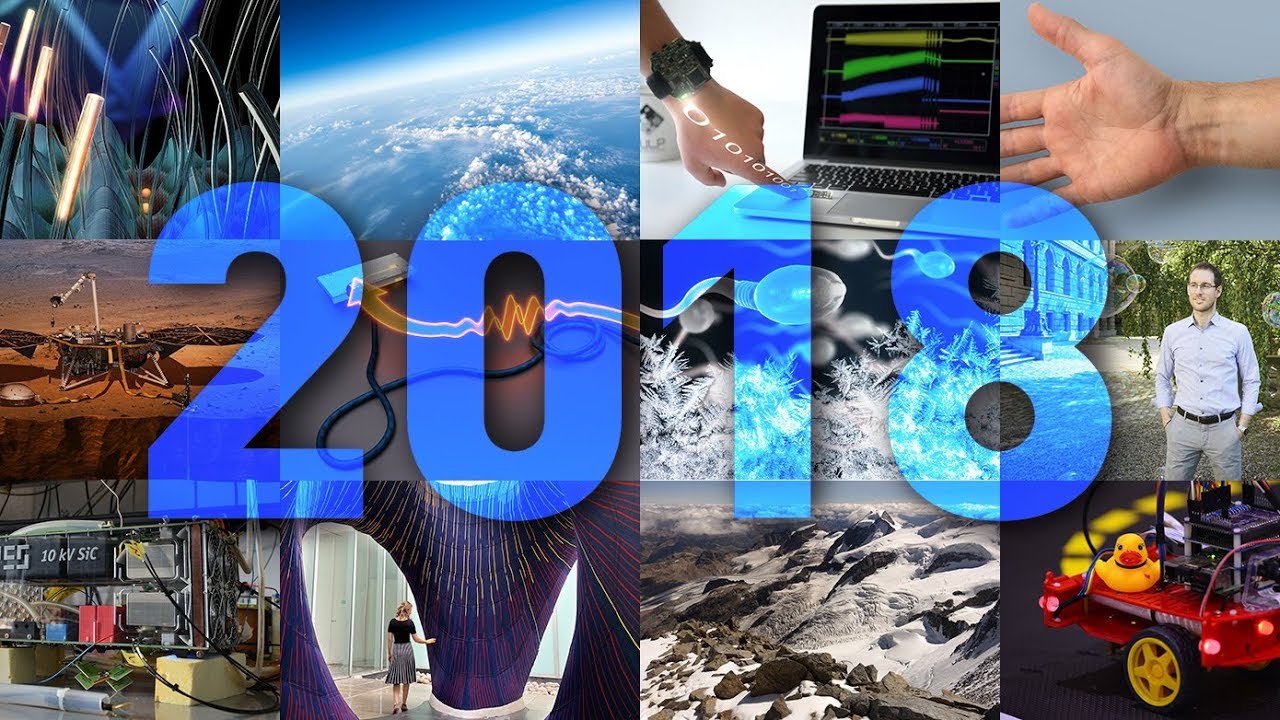
January
We learn as children that space has three dimensions. However, for a long time researchers have spoken of a theoretical fourth dimension. Now for the first time, experiments have given us a glimpse into this fourth dimension – and the theoretical basis for them was provided by ETH physics professor Oded Zilberberg. Both experiments took advantage of what is known as the quantum Hall effect to allow researchers to observe a four-dimensional physical phenomenon in two dimensions.
February
An international research team led by ETH brought some bad news: despite the CFC ban, the ozone layer in the lower stratosphere has continued to be depleted, affecting the densely populated mid-latitudes and the tropics. At the poles, however, the ozone layer has recovered somewhat. At the turn of the millennium, it still seemed that the loss of stratospheric ozone had stopped.

March
Electronic devices such as fitness trackers or sensors constantly need power, even in standby mode. ETH researcher Michele Magno has now developed a receiver for touch communication that draws its energy directly from the signal. The WHAT? receiver captures signals on an electrode when it comes into contact with a human body. It has no battery, instead drawing all its power simply from the touch.
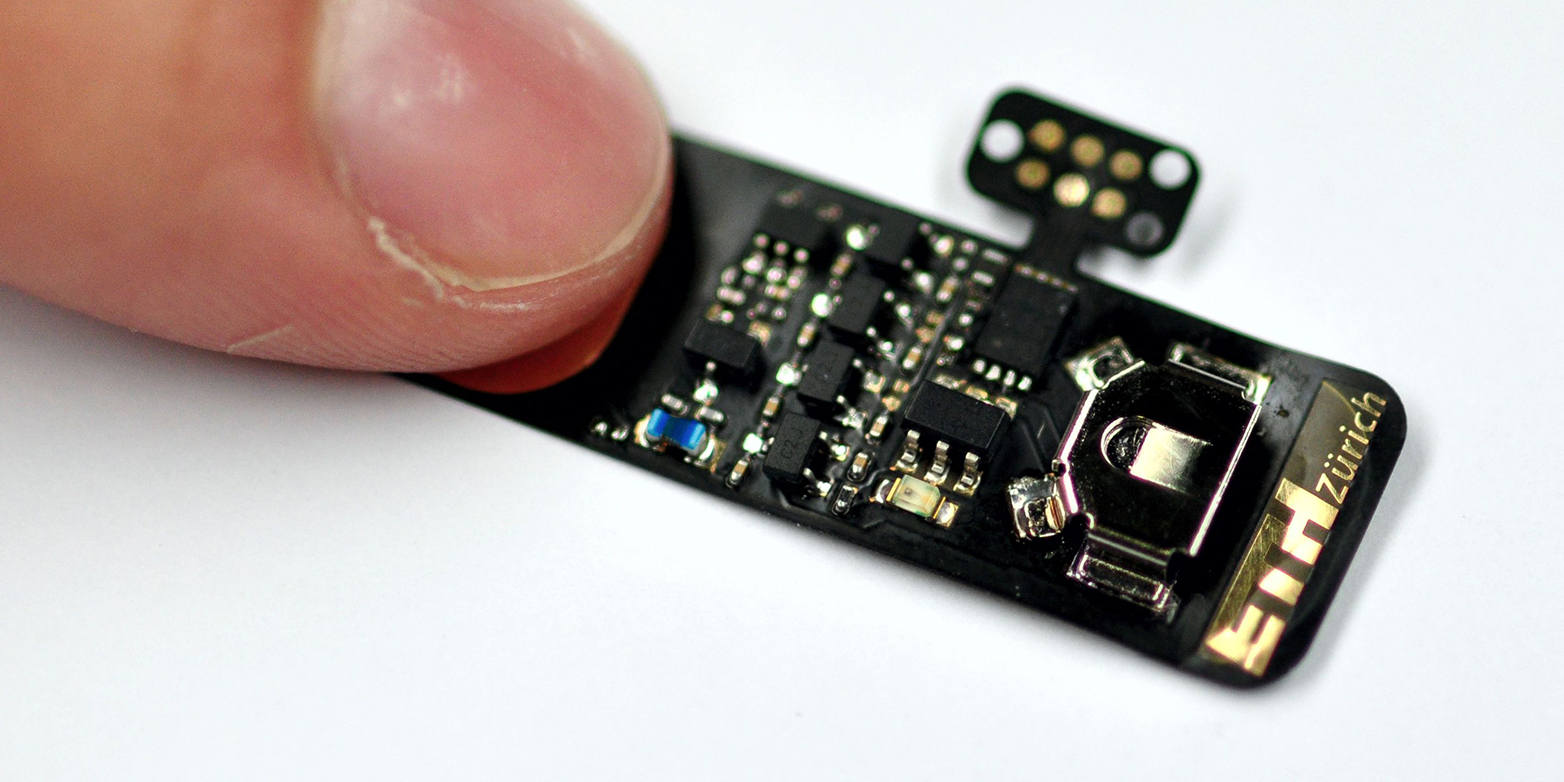
April
ETH Professor Martin Fussenegger and his team have developed a synthetic gene network that serves as an early warning system. It recognises prostate, lung, colon and breast cancer at a very early stage, namely when the level of calcium in the blood is elevated due to the developing tumour. Should this be the case, a clearly visible mole forms on the skin to sound the alarm. The system worked perfectly in mice, but it needs further development for use in humans.
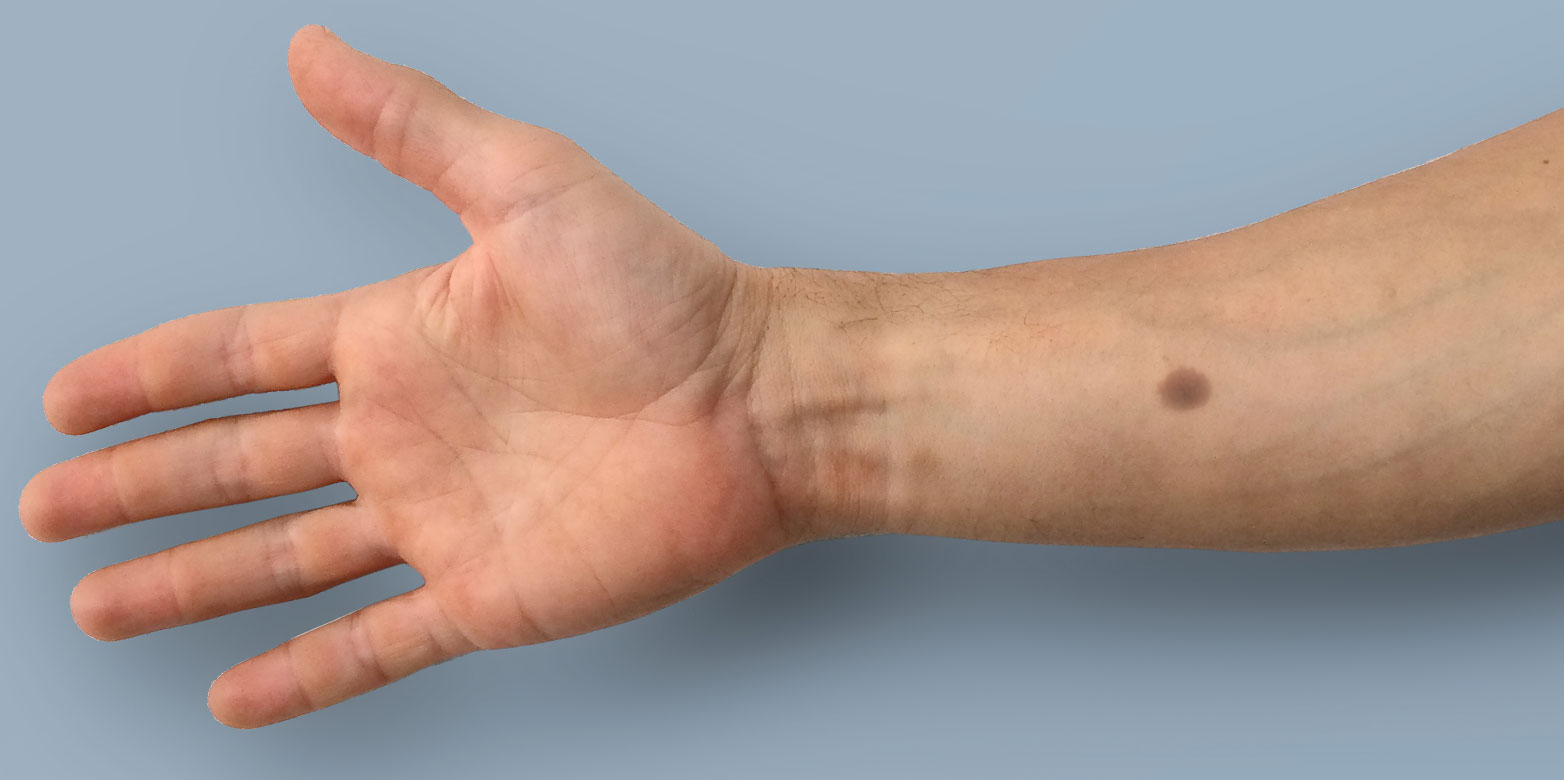
May
On Saturday, 5 May, the Atlas V rocket carrying the NASA InSight lander left California to head for Mars. The ETH logo was flying to the red planet for the first time: on board was a seismometer using electronics developed at ETH Zurich. Then, on 26 November, came the celebrations as InSight touched down safely on Mars and the lander’s first signals and images were received. The seismometer is now set to record marsquakes in order to learn more about the planet’s interior.
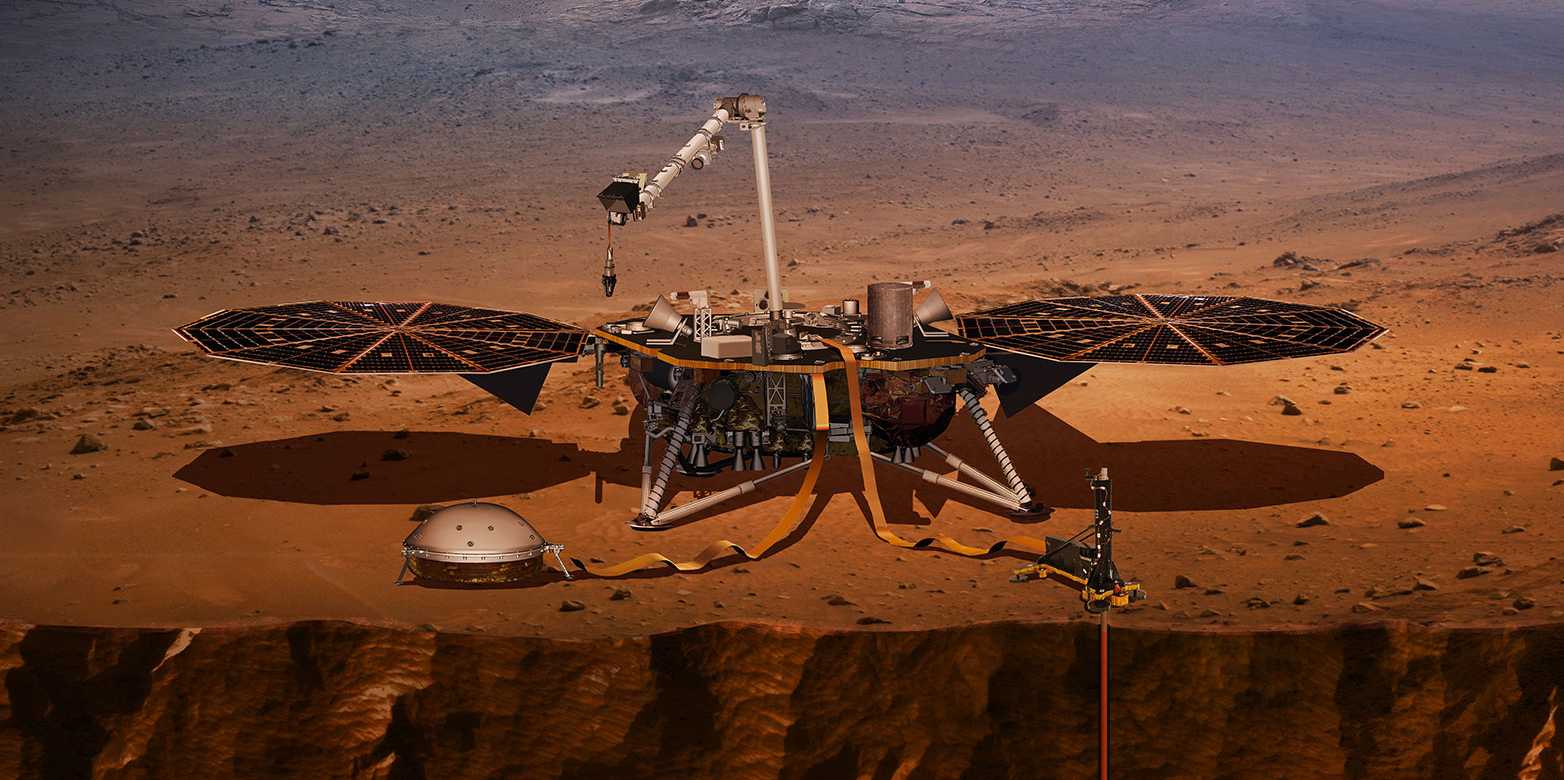
June
ETH Professor Andreas Wallraff and his team of physicists succeeded in transferring fragile quantum information between two separate solid-state qubits at the push of a button. Transfers of this kind are important for new quantum information technologies that are currently in development.
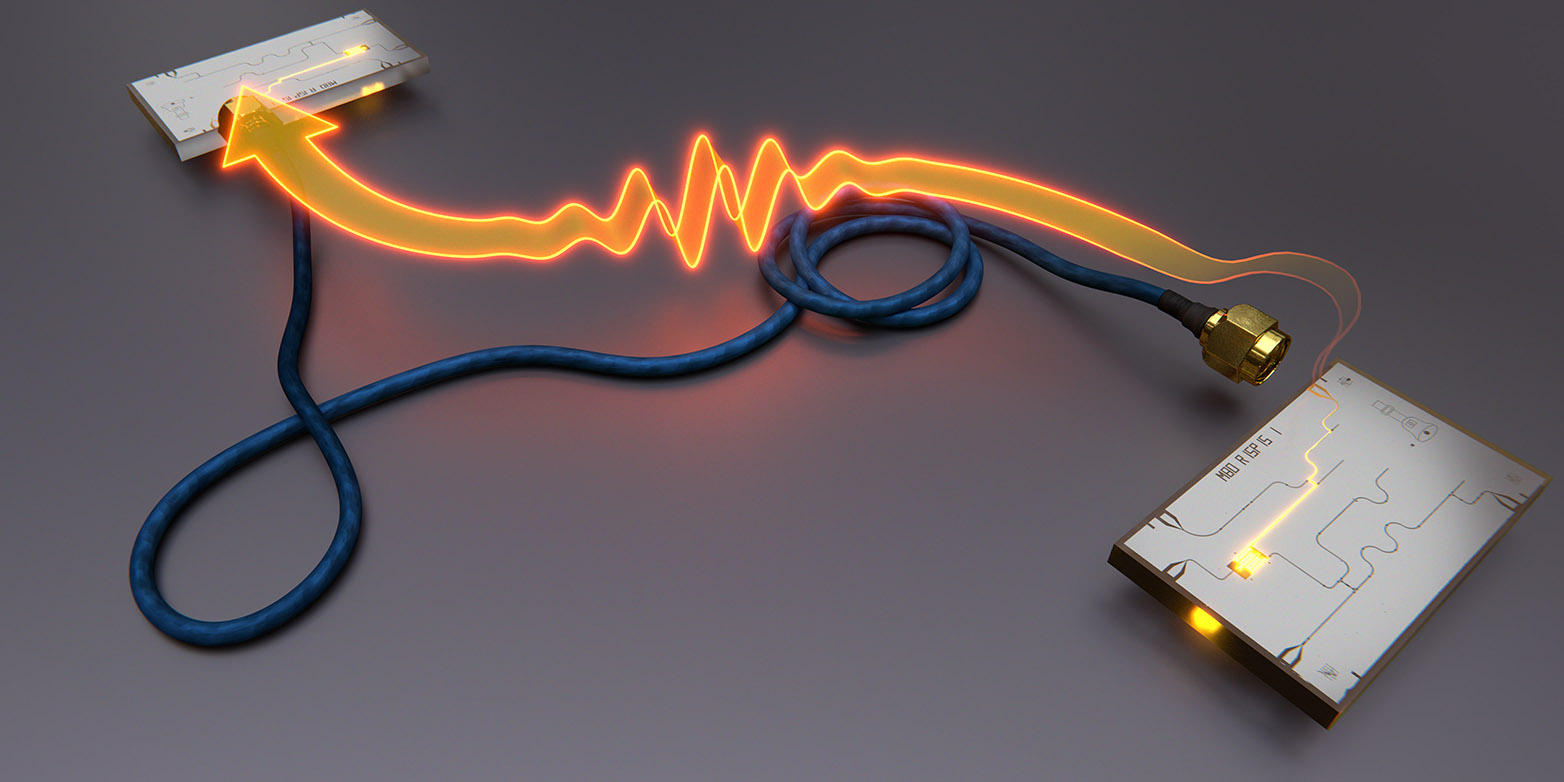
July
Males who spend time in low temperatures prior to mating will produce offspring with more active brown adipose tissue. This protects them against excess weight and metabolic disorders. The information about the ambient temperature a father was kept at is passed on to his offspring via his sperm’s epigenetic programming.
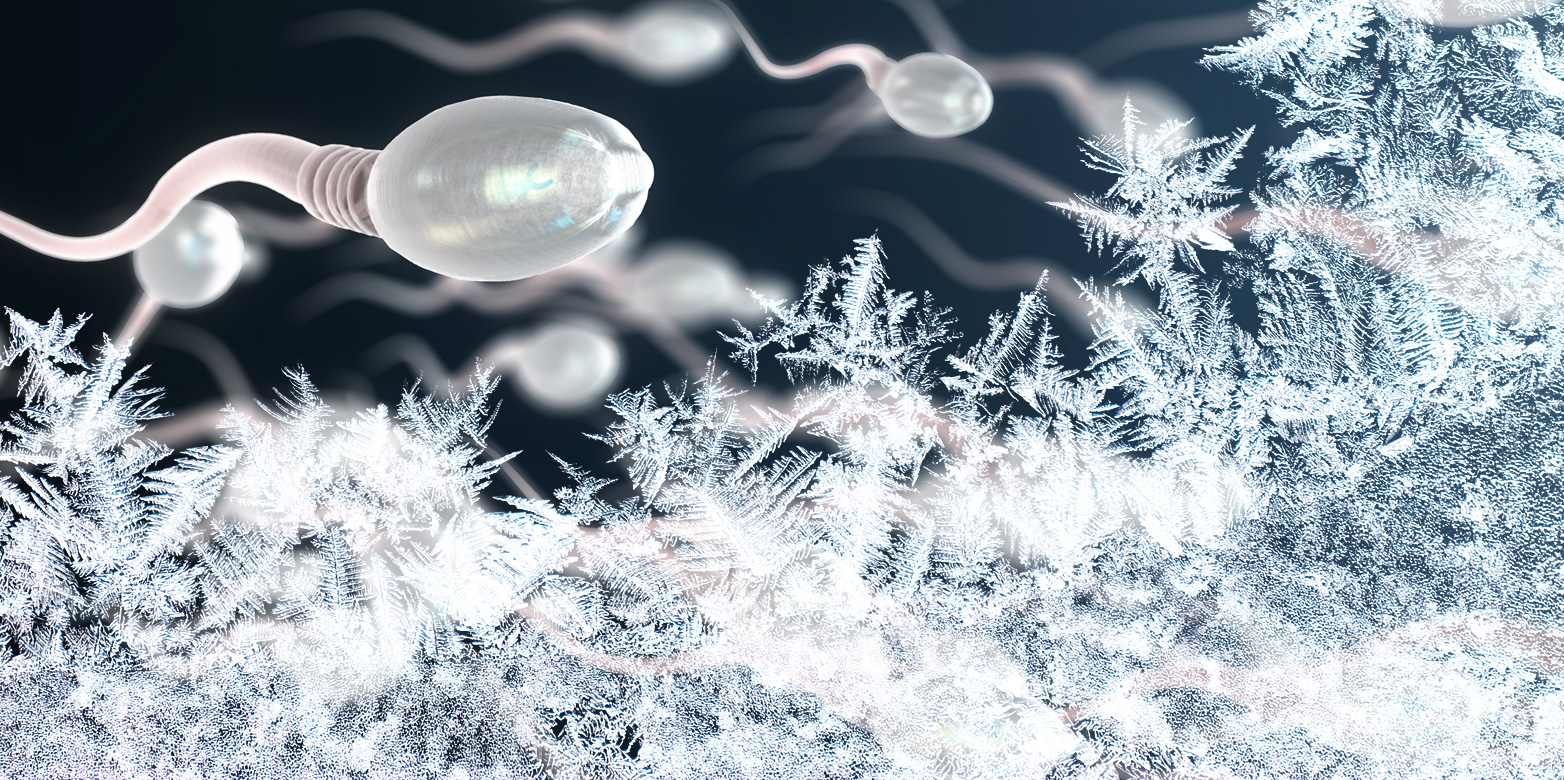
August
Mathematics professor Alessio Figalli was awarded his field’s highest honour: he received the Fields Medal for his contributions to the theory of optimal transport and its applications in partial differential equations, metric geometry and probability. The Fields Medal is to mathematics what the Nobel Prize is to natural sciences.
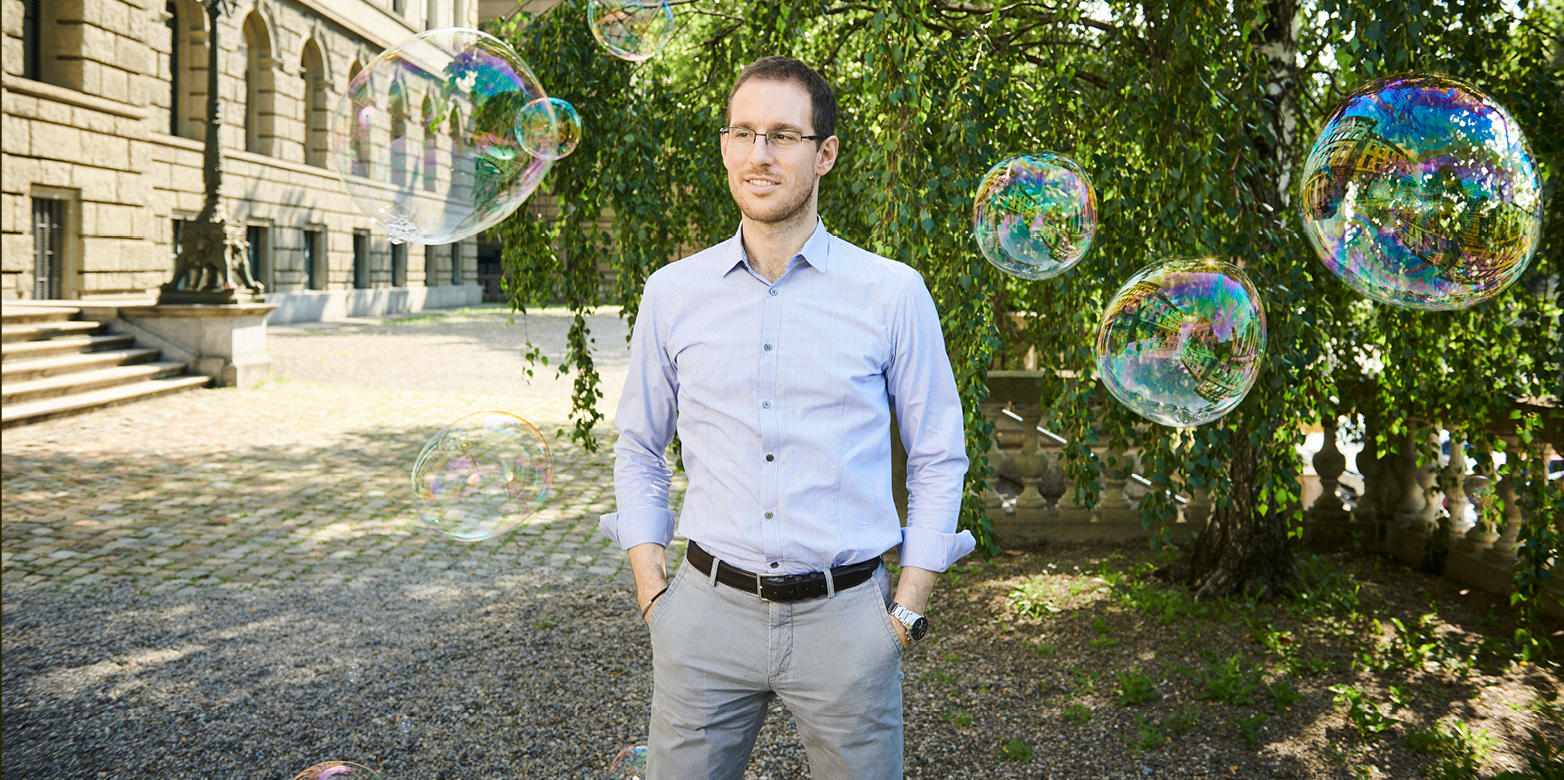
September
ETH electrical engineers have developed a smart electronic transformer featuring state-of-the-art semiconductor technology that makes it not only compact but also extremely efficient at transforming medium voltage into low voltage. Its applications range from locomotives to fast charging stations for electric vehicles and from power supply for data centres to future power grids.
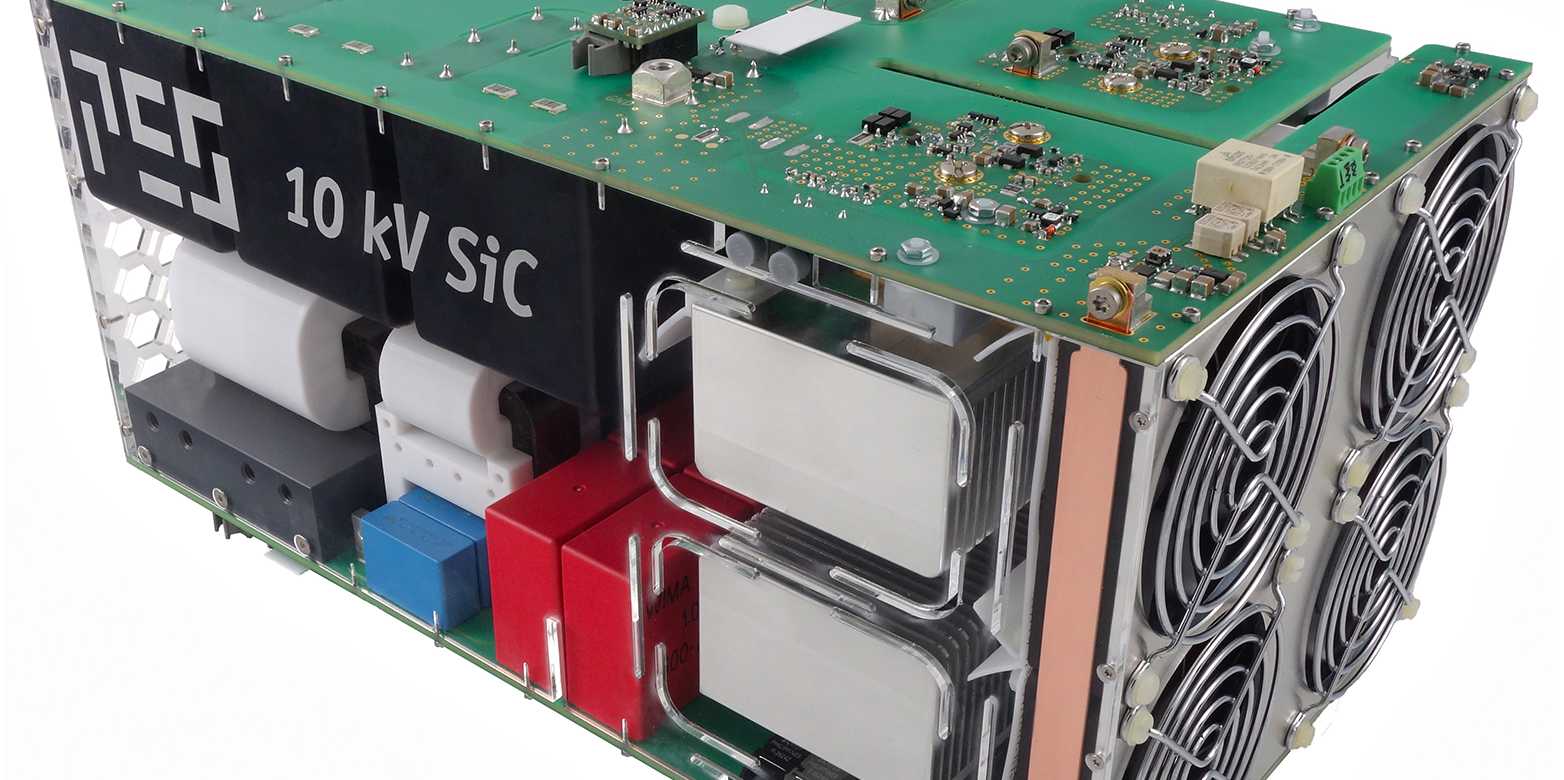
October
A knitted textile supported by a net of steel cables served as the shaping element for curved shells of concrete created by ETH architects and civil engineers. They used this new technology to create a five-tonne concrete structure for an exhibition in Mexico City. The researchers produced the textile on a normal knitting machine.
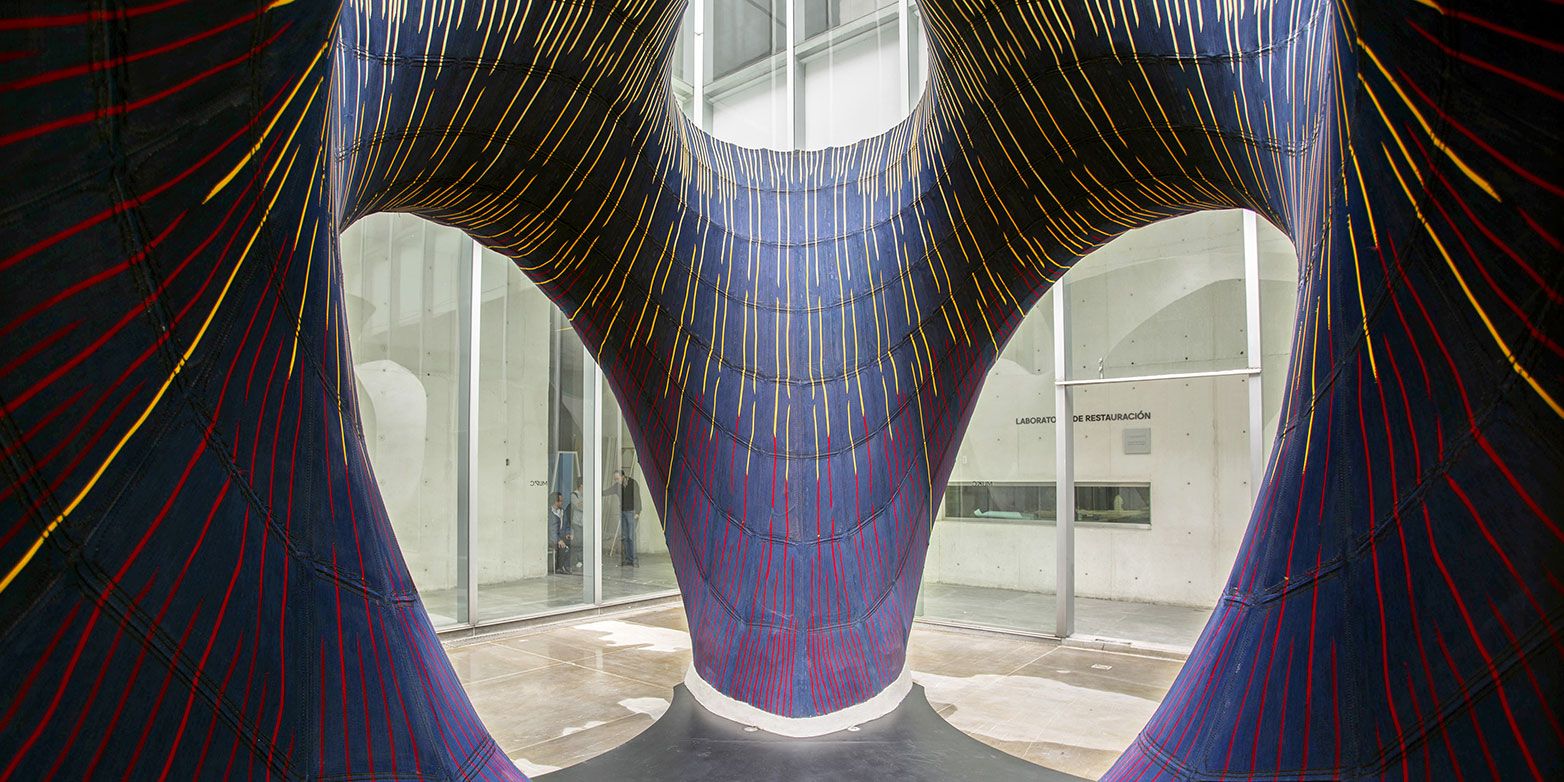
November
How have the glaciers in the Alps developed over the past 115,000 years? What factors led to glacial advance? How thick was the ice? And how often did the ice sheets expand and retreat? To understand all this, researchers at ETH Zurich put the CSCS supercomputer Piz Daint to work. The result is an impressive computer simulation that visualises the history of alpine glaciation in two minutes.
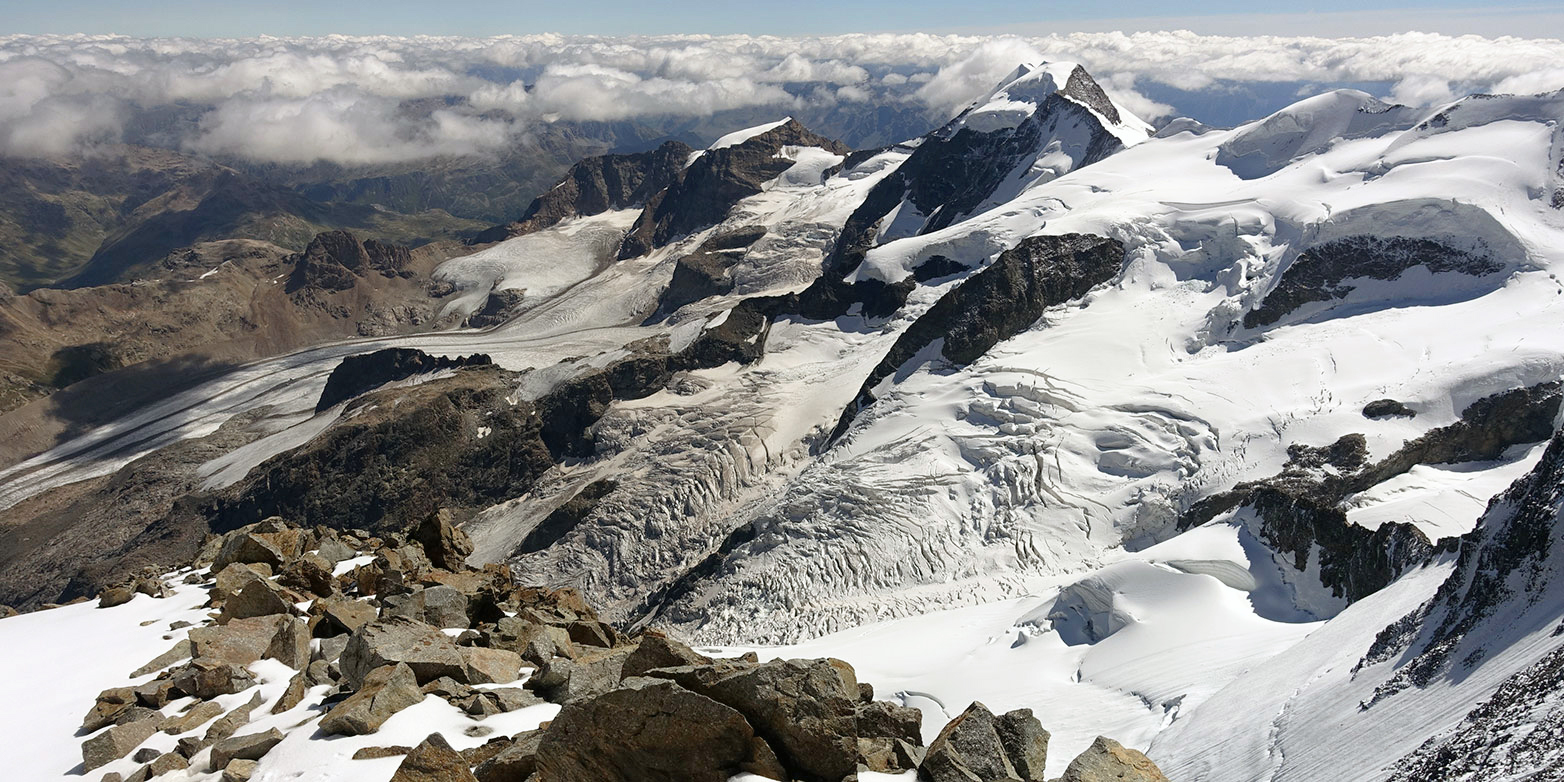
December
ETH Professor Emilio Frazzoli and his team of researchers launched a competition for autonomous driving, the “Artificial Intelligence Driving Olympics”. The competition took place in Duckietown, a model town in which self-driving mini-taxis transport rubber ducks from A to B. Participants had to teach the robot taxis to stay in their lane, recognise objects and avoid them, and interact as part of the entire taxi fleet in Duckietown. A team from Singapore won.
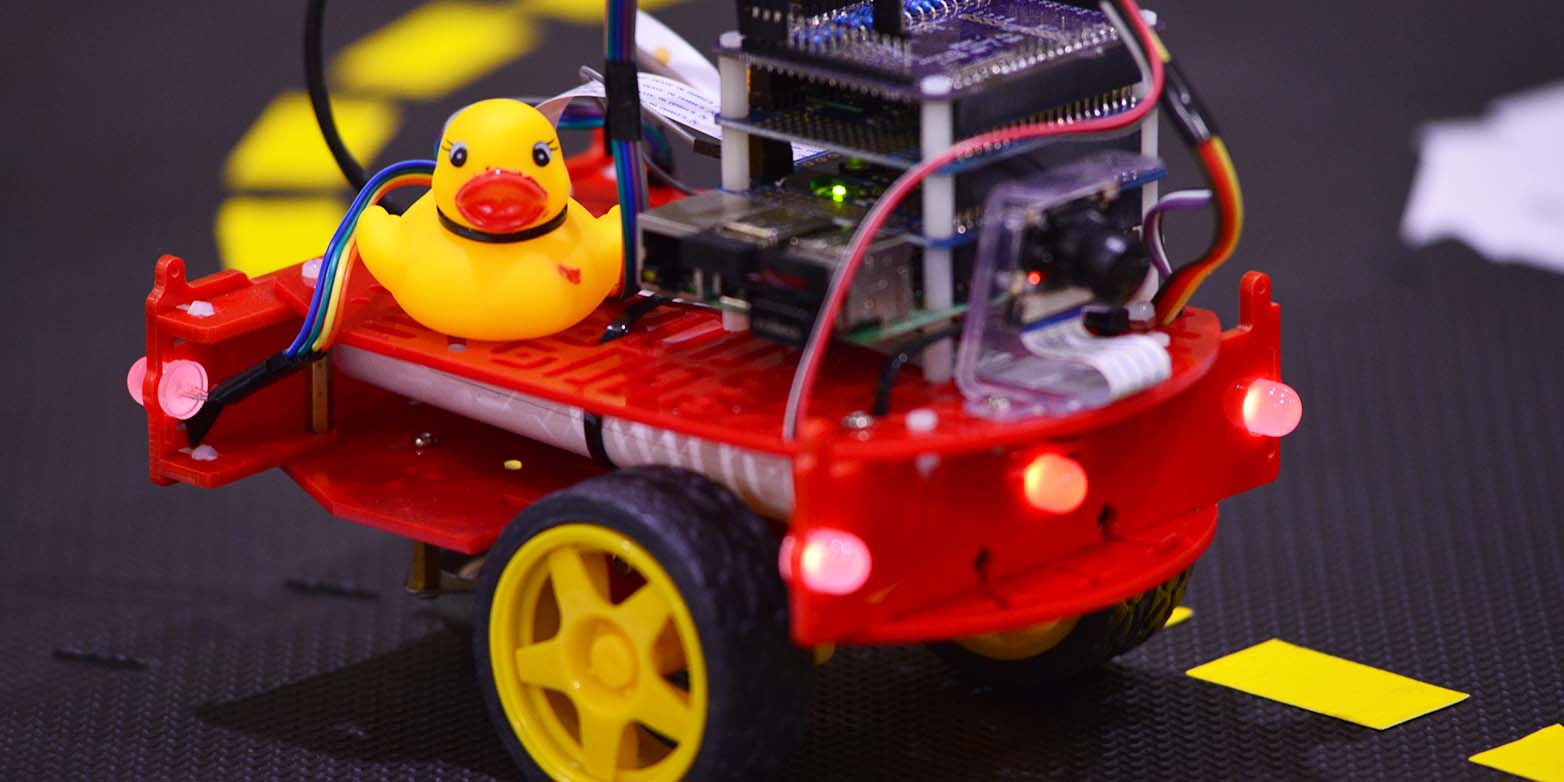
The selection of topics above is subjective. Of course, we could have presented a long list of other exciting, interesting and noteworthy stories from the ETH universe; perhaps one about the new 200 Swiss franc note; the genetic disease that was cured using a CRISPR technique in the mouse model; climate scenarios; a music album that was stored on DNA; and many more. So much has happened that it is simply impossible to mention everything here.
The ETH News editorial team wishes you, dear ETH News readers, a peaceful Christmas and all the very best for the New Year!

